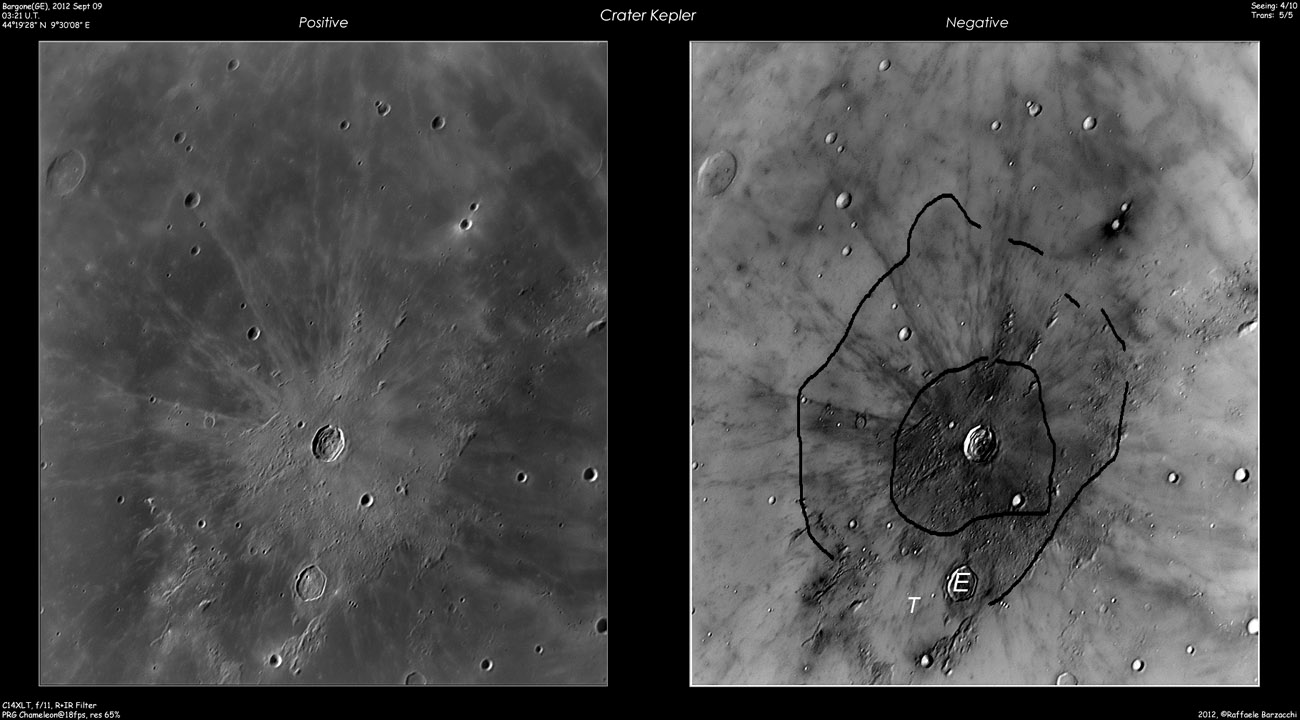Difference between revisions of "November 25, 2012"
| Line 21: | Line 21: | ||
<br /> | <br /> | ||
<hr /> | <hr /> | ||
| + | <!-- Removed reference to store page --> | ||
| + | </div> | ||
| + | ---- | ||
| + | ===COMMENTS?=== | ||
| + | Register, and click on the <b>Discussion</b> tab at the top of the page. | ||
| + | <hr> | ||
| + | You can support LPOD when you buy any book from Amazon thru [[Support_ LPOD|LPOD]]! | ||
| + | <span style="font-size:88%"> | ||
| + | <center> | ||
| + | Contributions to http://www2.lpod.org/ are licensed under a Creative Commons Attribution No-Derivative-Works Non-Commercial 3.0 License. [http://www.creativecommons.org/licenses/by-nc-nd/3.0 http://www.wikispaces.com/i/creativecommons/by-nc-nd_3.0_80x15.png]<br> | ||
| + | </center> | ||
| + | </span> | ||
Revision as of 20:16, 31 January 2015
Areas of Confusion

image by Raffaele Barzacchi, Italy
Kepler's rays would find more admirers if they were not so near the long and glorious Copernicus rays and the brighter ones from Aristarchus.
Raf's images emphasize a feature of Kepler's ejecta that I have noticed often but not thought enough about. An area extending out about 1.5 to
2 times Kepler's diameter (inner dark outline in negative image) is covered with bright ray-like material. Surrounding that is another discontin-
uously covered and not as bright annulus (larger black outline). The boundary of this area on the west is where broad swaths of Kepler's rays
seem truncated, extending only as narrow rays beyond. The inner bright zone is continuously covered by ejecta; the outer area must be discon-
tinuously draped with ejecta. An interesting thing about the outer area is that it is bounded on the west by a narrow fringe of dark lava. It is unlikely
that ejecta could effect the path of lava or be affected by it. It is possible that the outer zone of brightness is not real, that there seems to be a
boundary only because of a chance ribbon of lava that separates equally bright material on either side. What do you think?
Chuck Wood
Related Links
Rükl plate 30
21st Century Atlas chart 22.
COMMENTS?
Register, and click on the Discussion tab at the top of the page.
You can support LPOD when you buy any book from Amazon thru LPOD!
Contributions to http://www2.lpod.org/ are licensed under a Creative Commons Attribution No-Derivative-Works Non-Commercial 3.0 License. 



